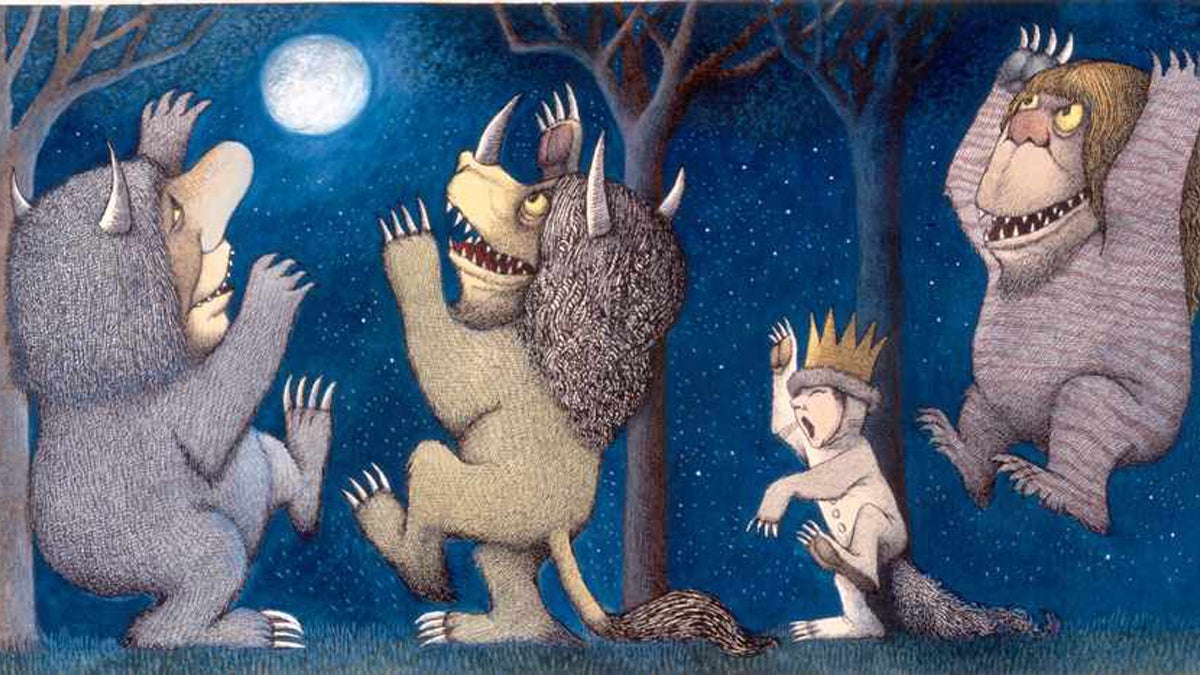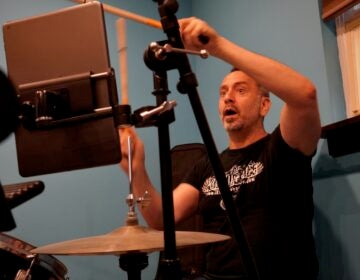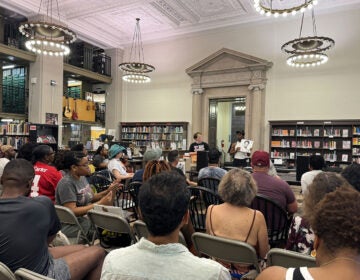The wild rumpus is ending as Philly’s Rosenbach prepares to return bulk of Sendak collection
Listen
Final drawing for'Where the Wild Things Are.' Pen-and-ink and watercolor. ©The Estate of Maurice Sendak, 1963.
For fans and researchers, one place has become synonymous with Maurice Sendak’s body of work — the prestigious Rosenbach Museum and Library in Philadelphia.
But the will of the prolific artist and writer may deprive the city of most of this literary treasure.
When artist and writer Maurice Sendak died in 2012, he left behind hundreds of illustrations, sketches, books and essays. His best-known works are two childen’s books — “Where the Wild Things Are” and “In the Night Kitchen” — that tackle serious, disturbing issues and gave him international recognition.
But starting next month, “where the wild things are” will no longer be Philadelphia. Max and his monster friends are moving on as a long and fruitful collaboration that started in the late 1980s between the artist and the Rosenbach reaches an end.
Instead of being the center of all things Sendak with almost 10,000 objects, The Rosenbach will send almost all of the collection to Sendak’s hometown in Connecticut to become part of a new museum in his name.
“It wasn’t a surprise, really, and this makes me look back and forward,” said Rosenbach director Derick Dreher. “Looking back, we had a lot of fun over a lot of decades with Maurice. Looking forward, Sendak’s drawings may no longer live here, most of them, but his legacy lives here in his rare books collection. Also, we’ll never forget his insights into the collection that we do own, Emily Dickinson, Lewis Carroll, Marianne Moore or Herman Melville.’
Today, Sendak’s presence is everywhere at the Rosenbach — on the walls, in the gift shop, in the researchers’ suites, even on the name of a building.
Dreher emphasized the Rosenbach will organize other Sendak exhibitions in the future, but with less frequency.
The writer-illustrator will always attract people of all ages, and his importance in American literature and art cannot be understated said Patrick Rodgers, curator of the Sendak Collection at The Rosenbach. “He realized no one had ever done monsters in contemporary post-war American children’s books, in a very honest, visceral way and imaginative way,” Rodgers said.
Some would say in a way that would help children cope with uncertainty and fears.
Meanwhile, as it begins a long goodbye to Sendak’s art, the Rosenbach intends to use this transition to redefine itself.
WHYY is your source for fact-based, in-depth journalism and information. As a nonprofit organization, we rely on financial support from readers like you. Please give today.




